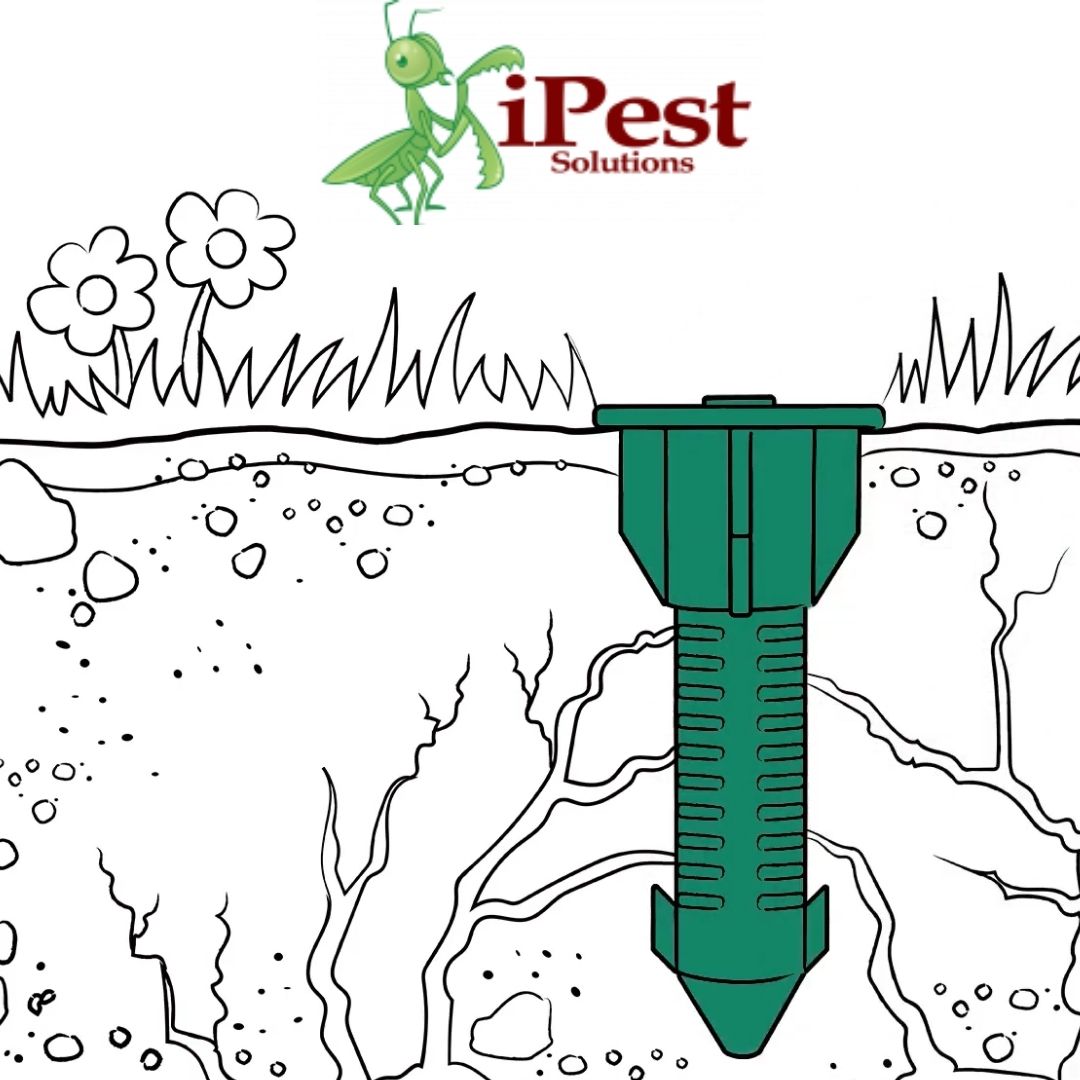Termite control is an ever-evolving practice, with new and more efficient methods coming out every few years. One of these relatively new methods that came into use recently is known as the termite bait or termite baiting system. Let’s take a look at this control method and some details about it.
What are termite baiting systems?
Termite baiting systems are fairly straightforward instruments. They consist of a series of plastic containers that are partially dug into the ground. The containers can be opened and filled with cellulose that has been laced with termiticides. As subterranean termites look for food underground, they eventually come into contact with the cellulose in these containers, pick it up and take it back to the colony. There the termiticide is shared around, and one of several things may happen, depending on the type of termiticide used. In general, either the queen is poisoned eventually and dies, or the poison kills off a large portion of the workforce, leading to the collapse of the colony.
The main drawback of baiting systems is that they take a long time to kill off the colony, usually a few months. They are also only effective against subterranean termites, if you are dealing with other species, other types of intervention will be necessary.
Alternative control methods
The main alternative to baiting systems when dealing with a subterranean termite infestation is the chemical barrier. Chemical barriers are basically insecticide that is injected in the ground surrounding the home. These barriers will stop an infestation almost immediately, but they will leave the colony intact, which could lead to infestations in other areas of the property. This is why you will often see chemical barriers used in combination with baiting systems – once will stop the infestation and the other will kill off the colony.
Other control methods include the direct application insecticide and fumigation, which are control methods that target drywood and dampwood termites. These two species will build their colonies inside wood, so they are completely unaffected by baiting systems or barriers. In some situations, this makes them much easier to control, but when the infestation is widespread, they are the hardest and most expensive to get rid of.
Contact us today for information on baiting systems, or if you need help with getting rid of an infestation.







